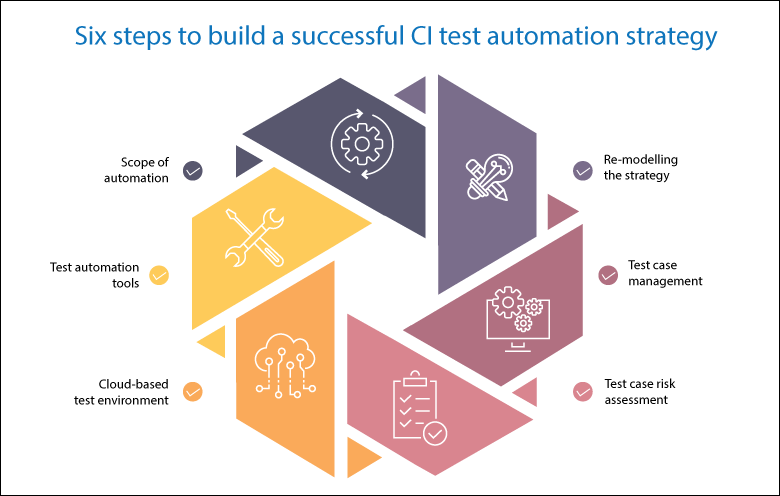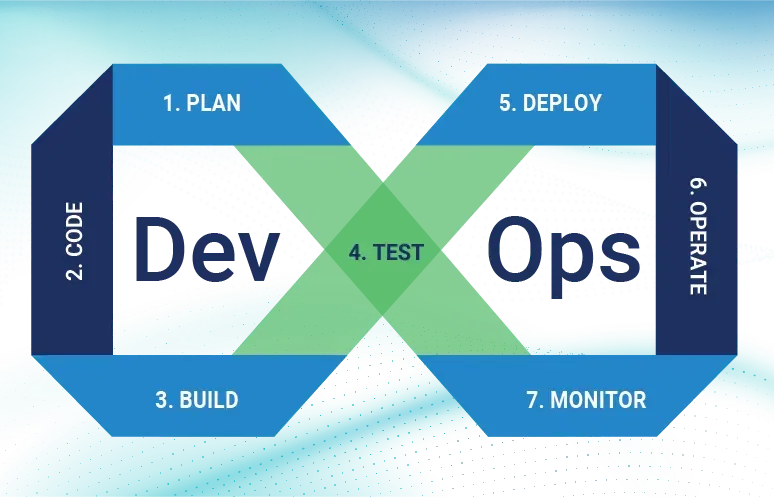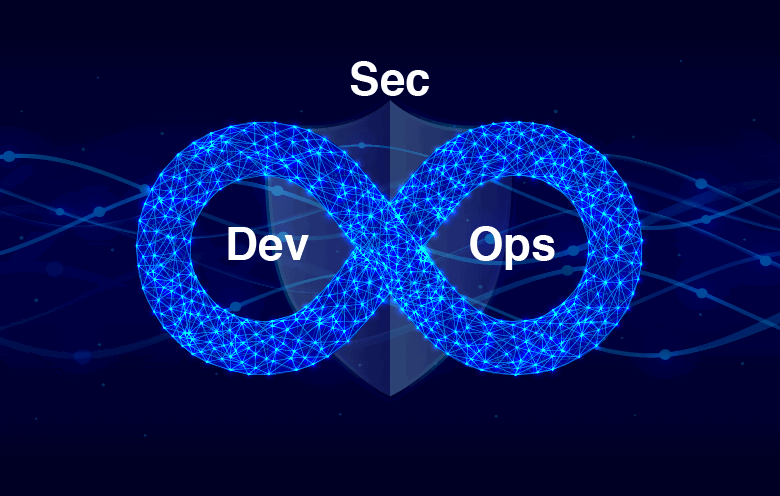Test automation is the cornerstone of DevOps culture. While a lot of institutions have realized its need and significance for a long time now, the breakout of the COVID-19 pandemic has driven them to embrace automated testing throughout the SDLC for CI/CD. However, the dire need for advanced test automation, owing to the work from home (WFH) reality is making the test automation implementation more challenging.
“61% of respondents find it arduous to automate their QA, resulting in highest overlooked expenses.”
– World Quality Report 2019
In IT companies, developers, engineers in the operations department and testers wear many hats, with various duties and job profiles as they all work in distinct operating units as separate bodies. Henceforward, the critical question is whether QA can enhance and prompt product delivery by uniting these distinct clusters under the DevOps flag. And if it so, then the question is how to incorporate automated testing scenarios. This article will attempt to answer all these questions and provide steps to establish a robust testing automation strategy.
Why is having a test automation strategy crucial for CI/CD?
Automated testing is the first move in the right direction when you embark on your automation journey. However, for continuous delivery to be right up the developer’s alley, you need to build a rapid and continuous feedback mechanism. Although, merely embracing DevOps test automation mechanism is not adequate, because to achieve successful CI/CD it is necessary to implement it correctly.
Some of the severe real-world instances of the biggest technology failures (occurred years ago, when the world was not as technologically sophisticated) indicate what can happen when adequate testing is not done on respective systems/software. For instance,
- On April 26, 1994, an aircraft named Airbus A300B4-622R was finishing its usual flight routine, when right before its landing at Nagoya Airport it crashed, inflicting a heavy casualty count of 264 people. Till date, the accident remains as one of the most lethal mishaps in the history of China Airlines.
- Similarly, on August 14, 2003, after 2:00 PM, a high-voltage power line in northern Ohio brushed against some overgrown trees and shut down completely, forcing 50 billion people to live without power for two days. The alarm system failure caused by software issues made it one of the biggest blackouts in North American history.
Six steps to build a successful CI test automation strategy
1. Define your project’s scope of automation
The first step is to examine the scope of your project from an automation point of view. Here, all deliverables, tasks and sprints must be well-defined by the software team, including its time frames.
The deciding factor for automating test cases is to know which ones to automate. You cannot automate everything, so you should be lining up your priorities, which will ultimately result in higher ROI. One of the well-known models that can aid you in shortlisting test cases for automation is Mike Cohen’s test automation pyramid, which includes:
1.Unit test
2.Acceptance test
3.User Interface (UI) test
No matter how many Selenium commands your testers might know or what testing commands they use, somethings simply cannot be automated like:
- Ever-changing needs
- Exhaustive documentation
- Anti-automation (like CAPTCHA)
- One-time testing
- Ad-hoc testing
2. Choose the appropriate testing automation tool
Picking a suitable test automation tool that meets the standards of your project is crucial since it is one of the key factors to ensure the success of your adaptive test automation strategy. However, a major concern is the selection of the right tool from a wide array of automation tools available in the market today.
To select the most appropriate testing tool that addresses your unique project needs, follow these few simple steps:
| Step 1 | Understand your project needs thoroughly | |
| Step 2 | Check whether the tool will support the platform/technology on which your software/app is built | |
| Step 3 | Examine if the tool can execute cross-platform testing | |
| Step 4 | Verify if the tool will strike a balance between ease of operation and technology | |
| Step 5 | While shortlisting tools consider these vital parameters:
|
However, it is always advised to consult the best-in-class subject matter experts with the right expertise to choose/configure an appropriate testing tool.
3. Set up your own cloud-based test environment
A test environment is a combination of hardware and software, which enables QA testers to run multiple tests on novel native/web applications. However, it requires a great deal of effort and expertise to build/deploy a predictable, cloud-based test environment for a concrete CI/CD pipeline. Hence, a smart move is to consult the right solution provider for configuring a stable, cloud-based test environment.
However, you must take certain steps to create/configure an automated test environment for DevOps like:
| Step 1 | Realizing the requirements of a test environment | |
| Step 2 | Planning, developing and provisioning of the test environment | |
| Step 3 | Embracing necessary technologies and tools with licenses | |
| Step 4 | Data masking and desensitization | |
| Step 5 | Controlling and observing the test environment proactively |
4. Conduct a test case risk assessment
The fourth step is to analyze the risks linked with automation testing, examine the severity of those risks and how to optimize it. A test case risk assessment is a two-step procedure, which includes:
Step 1: Functional path risk assessment
In this step, you need to capture the risk involved in every functional module and prioritize all functional modules against each other.
Step 2: Risk rating of test case
Once you identify the functional risks linked to a specific module, the second step is to calibrate those risks by recognizing the probability of failure and severity of business damage and then computing the risk factor for every test case with the following formula.
Risks rating of test case = probability of failure * severity of business damage
Few other risks that you must consider for your test cases are:
- Configuration risk
- API design risk
- Refactoring risk
- Integration risk
- Market risk
- Orchestration risk
5.Run and manage test cases
It is vital to define the test cases, execute them and manage them for effective automated testing. An execution plan must consist of two chief things:
1. Daily tasks and
2. Automation procedures
Moreover, there are certain test tips that you can follow while writing test scripts and executing them like:
- Choosing the test cases that you are willing to automate
- Running and verifying test cases multiple times before adding them to a regression suite
- Trying to make a test case resilient to changes
- Using pipeline orchestrators to execute numerous test cases simultaneously
6. Analyze continuously and remodel the strategy for improvement
The last but not the least step is to constantly analyze the success and revamp the test automation strategy model via automation maturity model (if needed). All you need to do in revamping the strategy is to go through everything in your existing strategy, find faults (if any) and fix them using the automation maturity model. This model is divided into multiple phases as follows:
Benefits of test automation
- Higher ROI
- Enhanced efficiency
- Reduced time-to-market
- Analysis of multiple test cases
- Fast-paced feedback response
- Optimum infrastructure utilization
- Predictable cloud-based test environment
The challenges ahead
To fully exercise the merits of test automation, a top-notch test automation strategy is required to be implemented, which could be expensive. The other challenge is to search for the right test automation solution provider with a skilled team of experts to deploy, build and maintain the test automation strategy/framework. If you are willing to embark on your DevOps automation journey , get in touch with our domain experts, who will help you from consulting, establishing an avant-garde automation strategy to maintaining the test suite.





